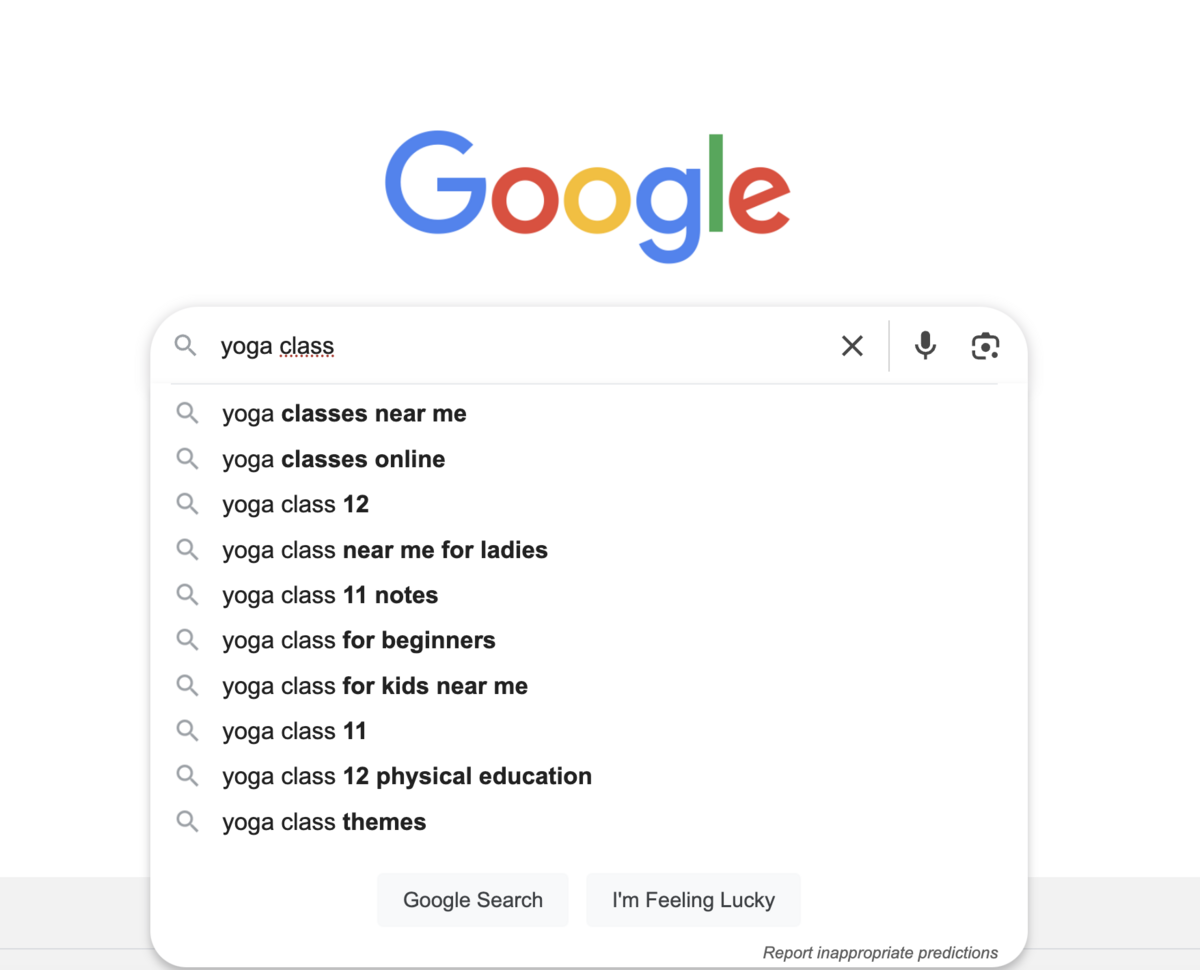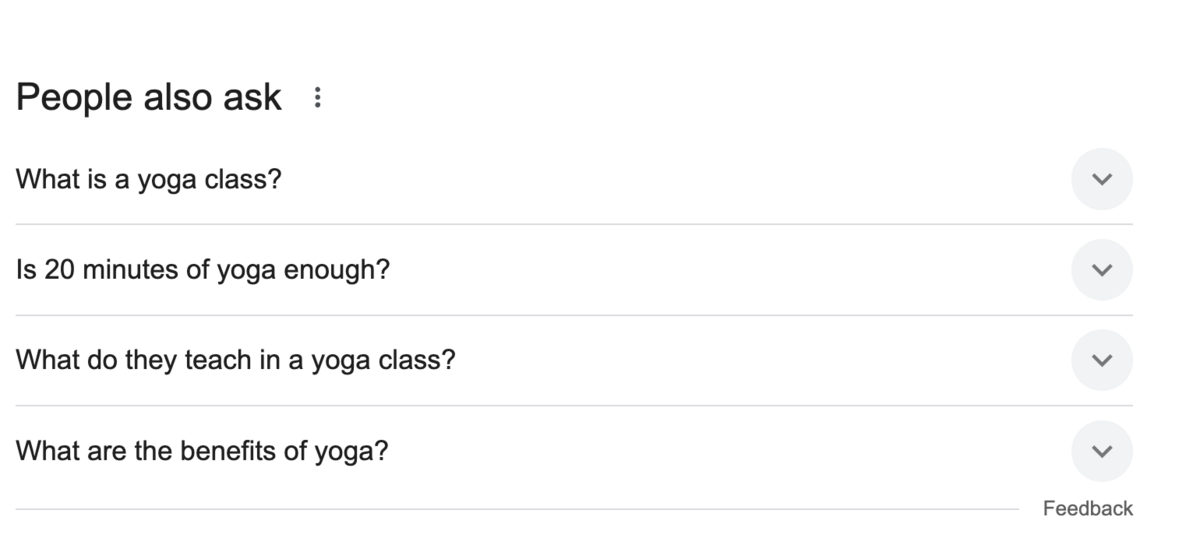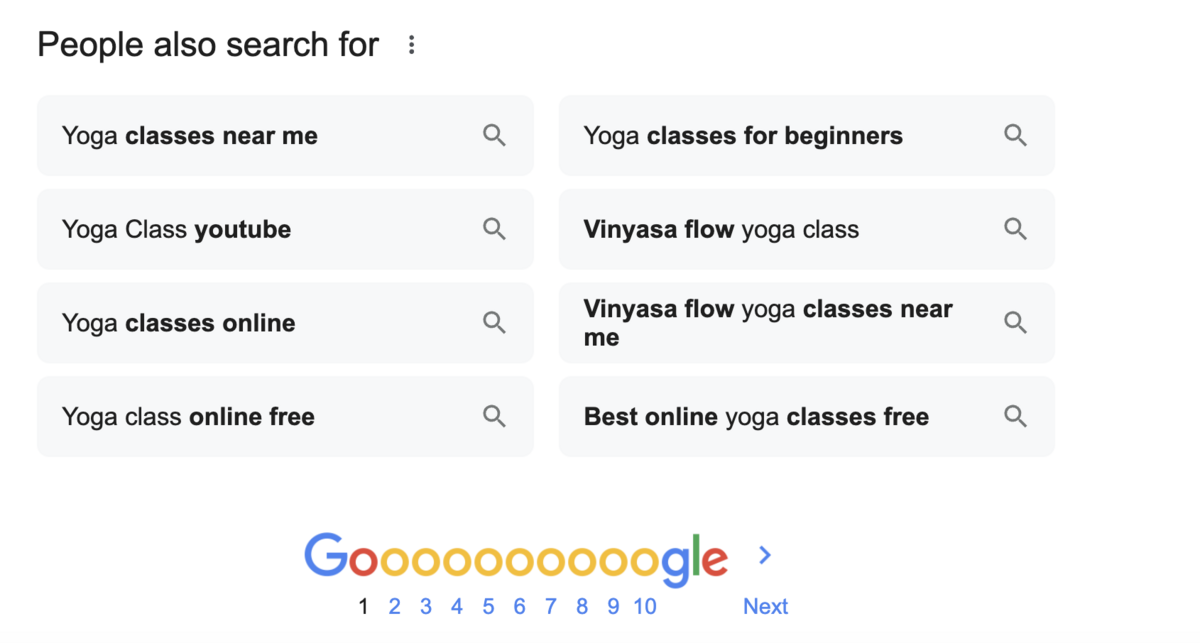Table of Contents
Introduction
As a solopreneur, you want your business to stand out online, but professional SEO services often feel out of reach. The good news is that you can build your SEO plan without breaking the bank with time, effort, and the right strategies. In our previous post, SEO for Solopreneurs: The First Step to Getting Found on Google, we covered the basics of SEO for solopreneurs. In this post, we’ll explore affordable, DIY-friendly SEO tactics to help you climb Google’s rankings and attract your ideal audience.
Understanding Search Term Intent
One of the keys to successful SEO is understanding search term intent—the reason behind why someone is searching. When you know your potential customers' wants, you can create content that directly answers their needs.
There are three main types of search intent:
- Informational: The searcher seeks knowledge or answers (e.g., “what is SEO?”).
- Navigational: The searcher seeks a specific website or page (e.g., “goalskeeper.io blog”).
- Transactional: The searcher is ready to take action, such as making a purchase or signing up (e.g., “buy handmade leather shoes Austin”).
For example, a solopreneur offering handmade candles might identify that users searching “best soy candles for relaxation” have transactional intent and are ready to buy. By crafting a product page optimized with this search term, the solopreneur can attract ready-to-purchase customers and increase sales.
When choosing keywords or writing content, ask yourself: What is the intent behind this search? A blog post or guide works well if someone is looking for information. A product page or service description is best if they're ready to buy.
When visitors with the wrong intent land on your web page, they will likely bounce—leaving the page quickly because it didn’t meet their expectations. High bounce rates can harm your rankings, so aligning content with intent is crucial.
Use Google Suggestions to Discover Keywords
Google’s autocomplete feature is a free and powerful way to uncover new keywords and understand what your audience is searching for. Here’s how:
Start Typing Your Main Keyword: For example, if you’re a yoga instructor, type “yoga for beginners” into Google. Google will suggest related searches, like “yoga for beginners at home” or “yoga for beginners weight loss.” These suggestions are based on real searches and can provide inspiration for blog topics or website content.

Explore the “People Also Ask” Section: Google often displays a “People Also Ask” box with common questions. Answering these questions on your website is an easy way to target relevant search queries.

Scroll to “Searches Related To”: Google lists related searches at the bottom of the search results page. Use these terms to refine your keywords and expand your content.

By leveraging Google’s suggestions, you can generate ideas for content that aligns with what your audience is actively looking for. For instance, a solopreneur running a bakery could type “best cakes” into Google and discover suggested searches like “best cakes for birthdays” or “best cakes for anniversaries.” Creating blog posts or product pages around these specific ideas can help attract highly relevant traffic to their website.
Monitor Your Performance with Google Search Console
Google Search Console (GSC) is a free tool that provides invaluable insights into your website’s SEO performance. Here’s what you can do with it:
- Track Your Keywords: See which search terms bring traffic to your site and identify opportunities to optimize or expand your content.
- Check Your Click-Through Rate (CTR): If a page ranks well but has a low CTR, you may need to improve your title or meta description to make it more appealing.
- Identify Technical Issues: GSC flags problems like broken links, mobile usability issues, or slow loading speeds, which can impact your SEO.
Set up your site on Google Search Console to gather data that helps refine your strategy over time. For example, if you notice that specific search terms are bringing traffic to a blog post but not converting, you could optimize the post by adding a clear call-to-action or linking to a related product page. This helps you align your content with user intent and drive meaningful results.
Analyze User Behavior with Google Analytics
While Google Search Console focuses on how users find your site, Google Analytics tells you what they do once they’re there. This powerful, free tool can help you:
- Understand Your Audience: Learn who visits your site, including their demographics, location, and devices.
- Track Popular Content: Identify which pages or blog posts get the most traffic and engagement.
- Analyze Bounce Rates: High bounce rates may indicate that users aren’t finding what they’re looking for, signaling a need to refine your content.
- Set Goals: Track conversions, such as form submissions or purchases, to measure the effectiveness of your SEO efforts.
Together, Google Analytics and Google Search Console provide a complete picture of how users find and interact with your site.
Earn Backlinks with the “Write for Us” Strategy
Backlinks—links from other websites to yours—are crucial to SEO. They act like "votes of confidence" for your website’s credibility. When a trusted website links to your content, it signals to Google that your page is valuable and reliable, improving its chances of ranking higher in search results. The more authoritative the source of the backlink, the stronger the "vote" it provides for your site. One affordable way to earn backlinks is by contributing guest posts to other websites. Here’s how:
- Search for Opportunities: Use Google to find niche websites accepting guest posts. For example, search for terms like "write for us + [your industry keyword]," such as “write for us + yoga.”
- Pitch Your Idea: Reach out to the site owner with a personalized email and a topic idea that aligns with their audience. Include examples of your writing if possible.
- Include a Link to Your Site: Most guest posts allow you to include a link back to your website in your bio or within the content itself. Make sure the link feels natural and adds value to the reader.
By regularly contributing guest posts, you’ll gain backlinks and position yourself as an expert in your field.
Conclusion
SEO doesn’t have to be expensive or overwhelming. By understanding search intent, using Google’s free tools, and earning backlinks strategically, solopreneurs can create a powerful SEO strategy that drives traffic and grows their business.
Start small: use Google’s suggestions to identify content ideas, track your performance with Search Console and Analytics, and build authority with guest posts. You’ll see your rankings improve with consistent effort and your audience grow.
goalskeeper.io is an affordable DIY marketing tools that help you turn your marketing data insights
Read to next step?
Achieve Digital Marketing Success
Effortless Digital Marketing Analytics with goalskeeper.io
Start Free Trial





